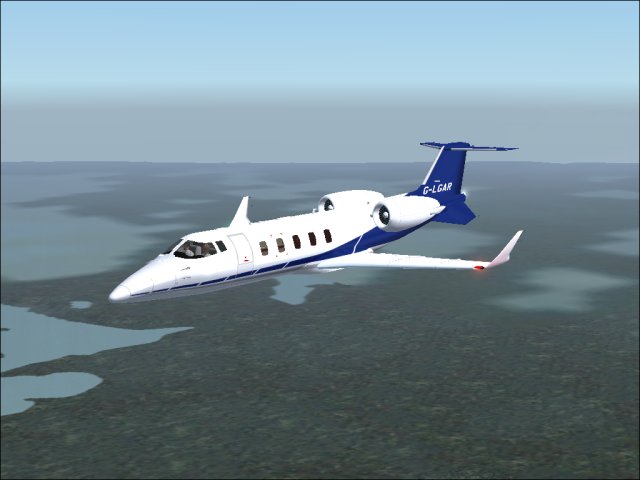
It might be helpful to slightly compress the edges of the foam on the stabilizer halves before trying to fully seat them. With the landing gear in place, I installed the tail wheel and the tail section.Īfter sliding the stabilizer tube through the fuselage, I slid both stabilizer/elevator halves over the tube and into their corresponding plastic receivers. The wire landing gear pops into its receiving slot in the bottom of the fuselage and is secured by screwing in a rectangular plastic support.
#Premier aircraft design manual
The manual suggests a 1-hour build time, and this was my experience. With few parts and an easy-to-follow manual, the Mamba 10 can be unboxed and built within an hour. The Mamba 10 is sold only in a Plug-N-Play (PNP) configuration, so the parts bag is small and the build steps are few. The Mamba 10 arrived tightly and protectively packed with each part separated and supported. Despite its low wing loading, the included Aura 8 Advanced Flight Control System (AFCS) works to stabilize the Mamba 10 and provide a level of precision uncommon in an airplane of this size and weight. What do all of these numbers mean? In short, the Mamba 10 feels floaty and stable, particularly during low-and-slow post-stall maneuvers such as hovers and harriers. This results in a wing loading (the proportion of total wing area to flying weight) of 11.2 ounces per square inch. With a wingspan slightly less than 41 inches and just over 43 inches long, this 3-D capable, aerobatic biplane provides a whopping 691.3 square inches of wing area. Having been impressed by what this team was able to do with a large, foam, general-aviation airplane such as the Premier Aircraft Cessna 170 PNP, I was excited to try out its latest offering: the Mamba 10.Ī scaled-down version of the company’s popular monster biplane, the Mamba 70CC, the Mamba 10 squeezes a tremendous amount of sophistication into a durable 54-ounce package.

With the design and engineering chops of well-known, competition-winning pilot Seth Arnold, and former aerospace engineer Joseph Burch, Flex Innovations has developed a loyal following of enthusiasts who appreciate the quality of design and engineering that comes from a wide base of experience. After three decades spent winning worldwide competitions and honing his skills as a top designer/engineer of many well-known RC airplanes, Quique Somenzini and an equally accomplished David Ribbe took their decades of experience and started Flex Innovations in 2013. It’s far from being the new kid on the block.


Model type: Electric 3-D/aerobatic biplane


 0 kommentar(er)
0 kommentar(er)
